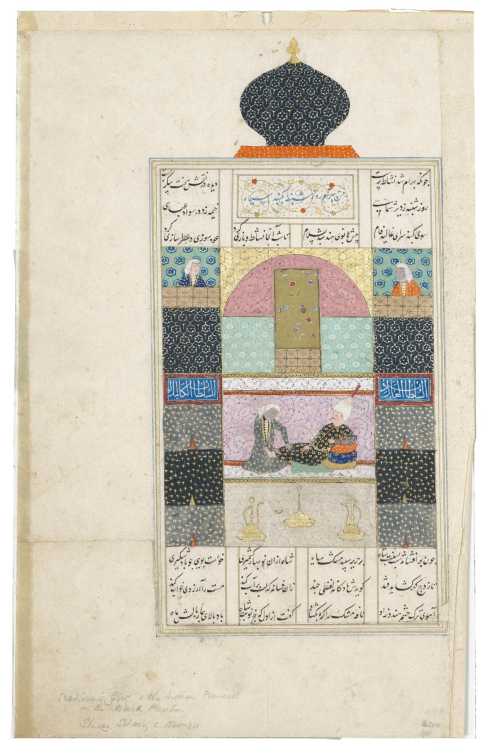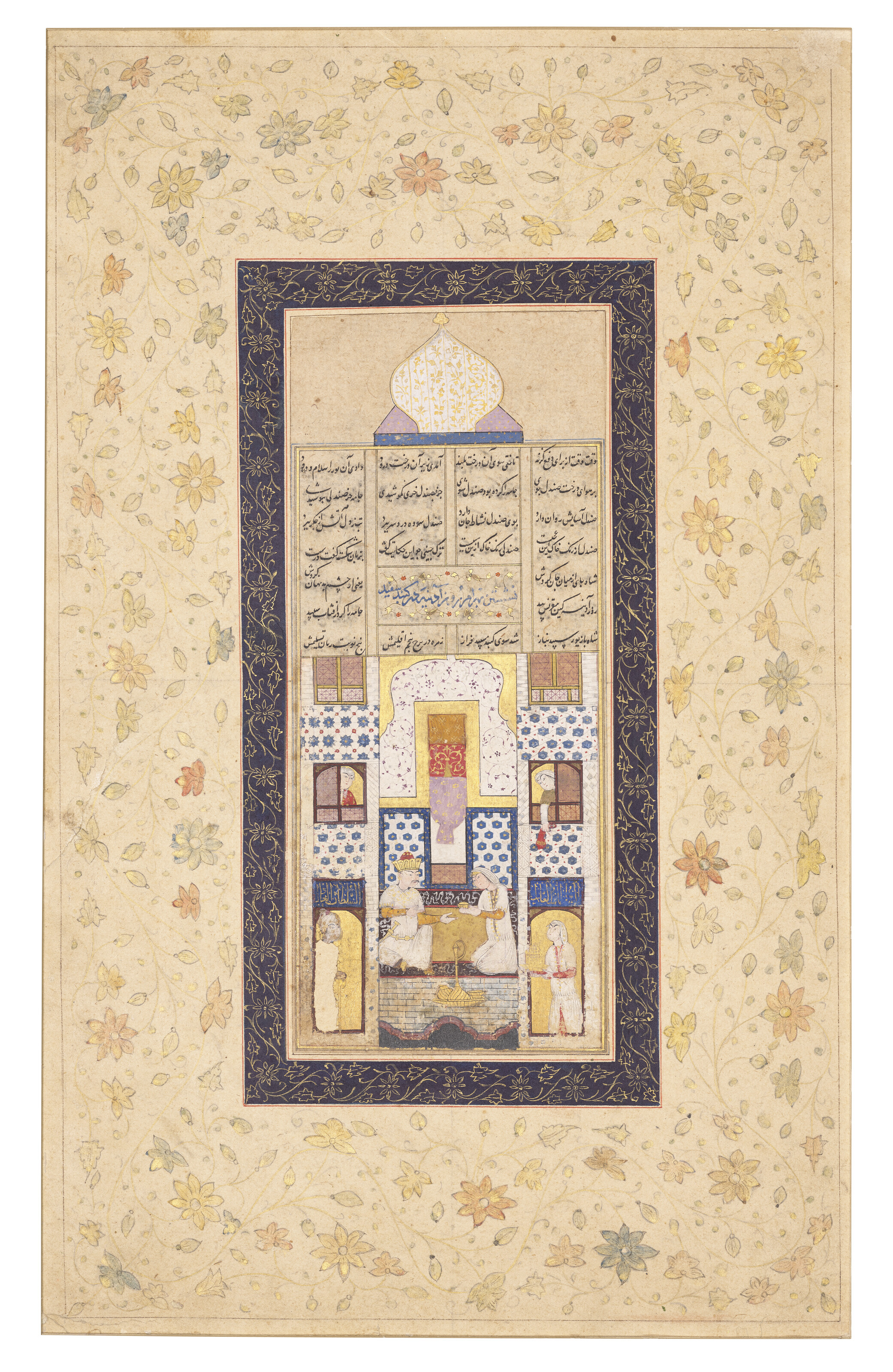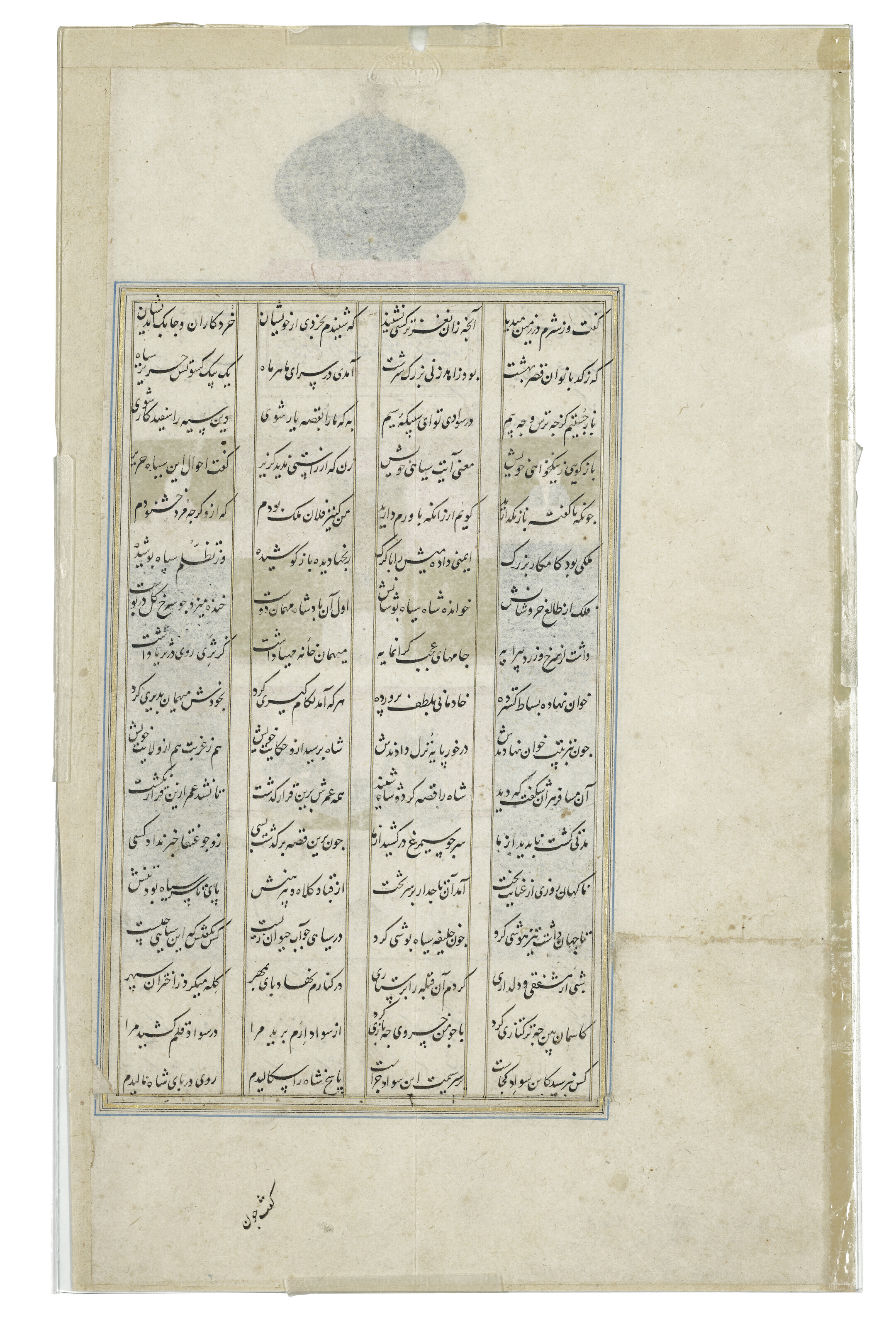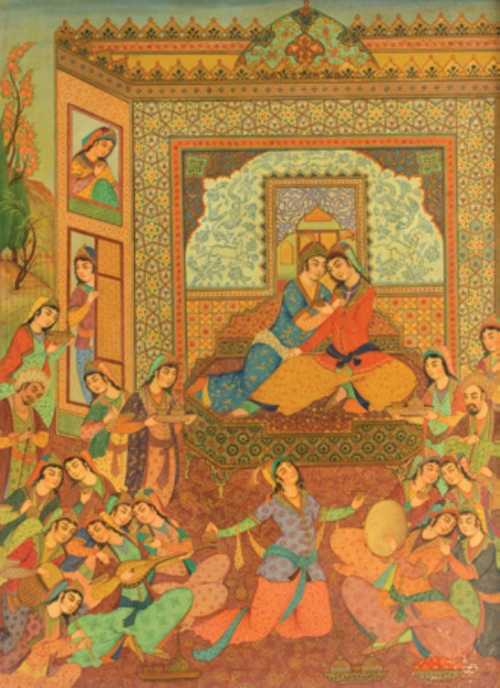- BAHRAM GUR IN THE BLACK AND WHITE PAVILIONS
- Handicrafts and classics, miniature
- SAFAVID SHIRAZ, IRAN, EARLY 16TH CENTURY
Two illustrated folios from the Khamsa of Nizami Ganjavi, opaque pigments heightened with gold on paper, four columns of black nasta'liq above and below, heading in blue nasta'liq against a gold floral ground, the reverse of one with 17ll. black nasta'liq in four columns, the other folio pasted to a mount, set within gold and blue rules, one folio with plain margins and the other remounted on margins with a floral vine
The black pavilion, painting 4 3⁄4 x 4 1⁄8in. (12 x 10.6cm); text panel 7 3⁄8 x 4 1⁄2in. (18.7 x 11.4cm.); folio 11 1⁄8 x 7in. (28.3 x 17.7cm.)
The white pavilion, painting 5 x 3 5⁄8in. (12.7 x 9.2cm.); text panel 7 3⁄8 x 4in. (18.7 x 10.2cm.); folio 15 1⁄2 x 9 3⁄4 (39.5 x 24.8cm.)
Estimation
£5,000
6,581 USD
-
£7,000
9,213 USD
Realized Price
£7,560
9,950 USD
26%
Artwork Description
These two illustrations depict the first and last princesses visited by Bahram Gur during his week long tour around the various pavilions. On Saturday, Bahram visits the Black pavilion to listen to the story told by the Indian Princess, daughter of the King of the first Clime. This visit can be seen as black in mood as well as colour, full of subversive jokes and sexual frustration. The black panels of architecture which frame the scene are particularly striking, with highlights in gold really indulging the viewer.
On the seventh day, Friday, Bahram Gur goes to the white Pavilion to enjoy the company of the Iranian princess, daughter of the King of the Seventh Clime. Here the colour is significant for several reasons. Firstly, with Friday being the holy day of prayer, it is appropriate that the colour is white, denoting purity. Secondly, from a Sufi understanding of the text, white is the colour of annihilation in the love of God and union with him. Hence, by achieving this, Bahram is at the culmination of his spiritual journey. Again, a limited colour palette is used to great effect and we find a great sense of depth and movement despite the narrow vertical composition. It is also notable that the scrollwork frescoes on the back wall of the palace relate to those found in 16th century Safavid palaces at Na’in, close to Isfahan.
Both these works bear the hallmarks of Shirazi painting soon after the Safavid capture of the city. The fastidious attention to detail – such as the careful rendering of the gold flagons and ewers in the first illustration – is typically Safavid. However, hallmarks of the preceding Turkman style are still clearly evident. Bahram’s plump face and the use of single figures in doorways in the second illustration, along with the Arabic inscriptions in the blue and white tilework present in both, are very much of the Turkman commercial style.
On the seventh day, Friday, Bahram Gur goes to the white Pavilion to enjoy the company of the Iranian princess, daughter of the King of the Seventh Clime. Here the colour is significant for several reasons. Firstly, with Friday being the holy day of prayer, it is appropriate that the colour is white, denoting purity. Secondly, from a Sufi understanding of the text, white is the colour of annihilation in the love of God and union with him. Hence, by achieving this, Bahram is at the culmination of his spiritual journey. Again, a limited colour palette is used to great effect and we find a great sense of depth and movement despite the narrow vertical composition. It is also notable that the scrollwork frescoes on the back wall of the palace relate to those found in 16th century Safavid palaces at Na’in, close to Isfahan.
Both these works bear the hallmarks of Shirazi painting soon after the Safavid capture of the city. The fastidious attention to detail – such as the careful rendering of the gold flagons and ewers in the first illustration – is typically Safavid. However, hallmarks of the preceding Turkman style are still clearly evident. Bahram’s plump face and the use of single figures in doorways in the second illustration, along with the Arabic inscriptions in the blue and white tilework present in both, are very much of the Turkman commercial style.
More lots by Unknown Artist
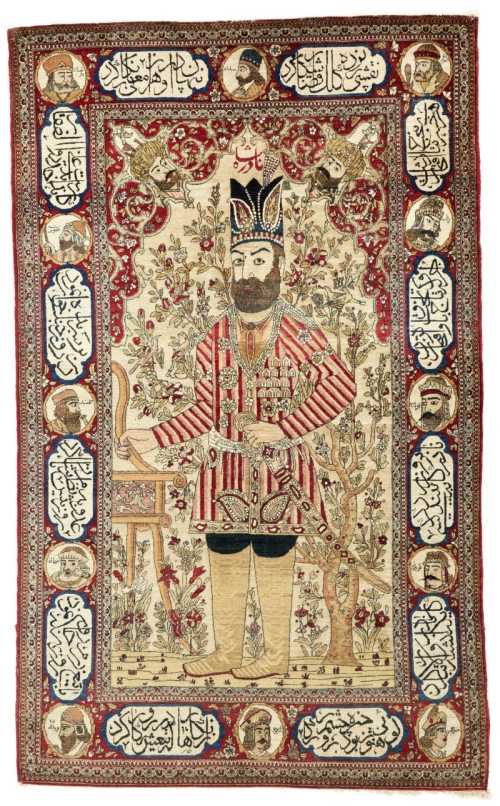
An Isfahan pictorial rug, Central Persia, circa 1910
Estimation
£4,000
5,236 USD
-
£6,000
7,853 USD
Realized Price
£5,670
7,421 USD
13.4%
Sale Date
Sotheby's
-
30 March 2022

A gold medal commemorating the coronation of Muhammad Reza Shah and Queen Farah
Estimation
£100
132 USD
-
£200
263 USD
Realized Price
£160
211 USD
6.667%
Sell at
Sale Date
Rosebery's Auction
-
1 April 2022
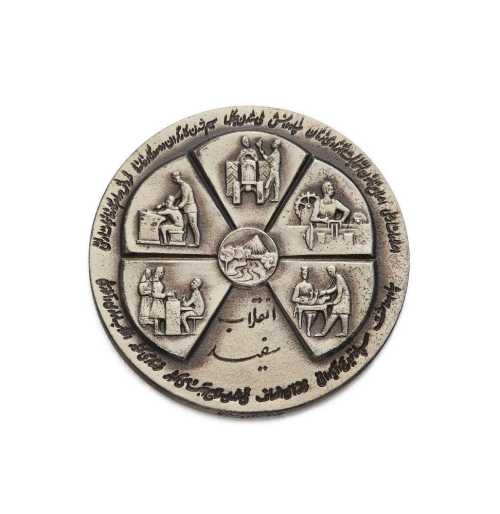
A silver memorial medal of the White Revolution, Muhammad Reza Shah, 1967
Estimation
£200
263 USD
-
£300
395 USD
Realized Price
£170
224 USD
32%
Sell at
Sale Date
Rosebery's Auction
-
1 April 2022
Realized Price
67,245 USD
Min Estimate
35,481 USD
Max Estimate
53,247 USD
Average Artwork Worth
+83.63%
Average Growth of Artwork Worth
Sales Performance Against Estimates
Average & Median Sold Lot Value
2021 - 2025
Performance vs. Estimate
2021 - 2025
Sell-through Rate
2021 - 2025
Similar Artworks
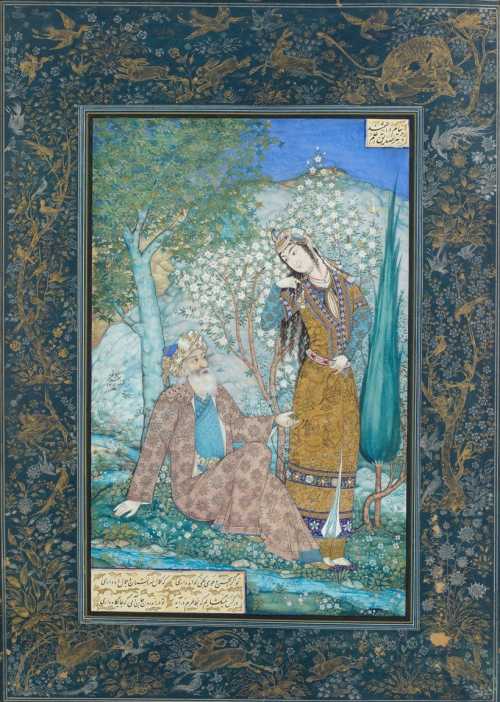
A maiden with an elderly sage
Estimation
£5,000
6,481 USD
-
£7,000
9,073 USD
Realized Price
£5,760
7,466 USD
4%
Sell at
Sale Date
Bonhams
-
12 November 2024
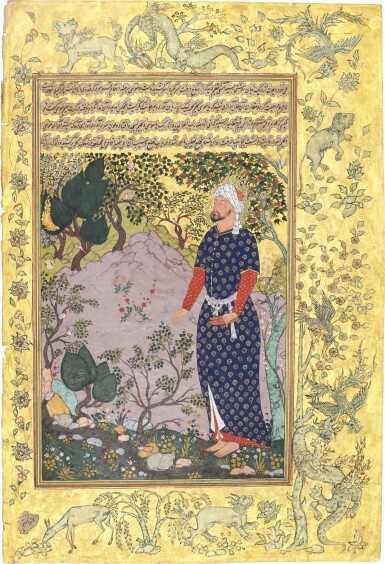
Moses before the burning bush
Estimation
£8,000
9,728 USD
-
£12,000
14,591 USD
Realized Price
£10,160
12,354 USD
1.6%
Sale Date
Sotheby's
-
25 October 2023
